Word and Image
The familiar image of a camp, monochrome bodybuilder brandishing a lollipop marked ‘POP’ is one of the loudest, clearest signals of the start of the Pop Art movement in the 1950s.
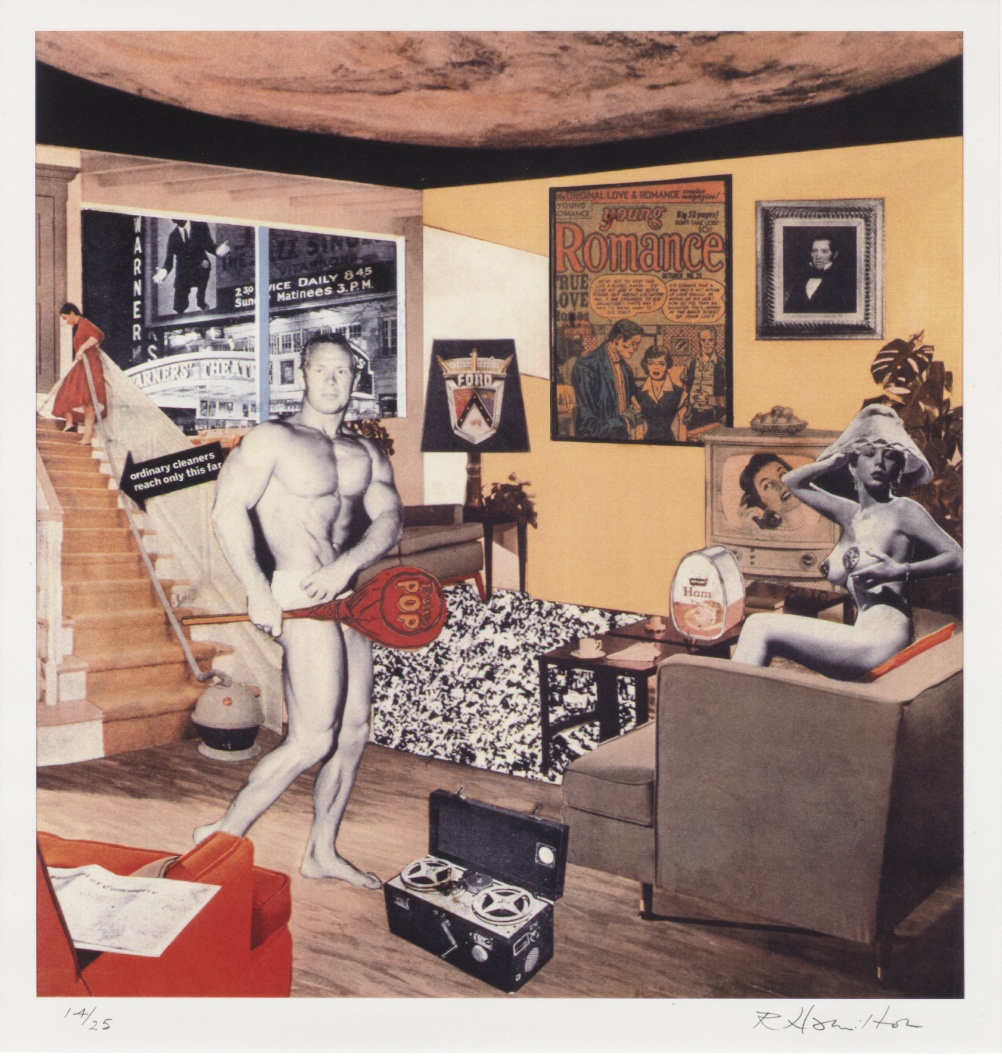
Source: © The Estate of Richard Hamilton, Courtesy Alan Cristea Gallery
Just what was it that made yesterday’s homes so different, so appealing? 1991
The iconic collage piece – entitled Just what is it that makes today’s homes so different, so appealing? – was created by Richard Hamilton, seen by many as the godfather of British pop art, back in 1956.
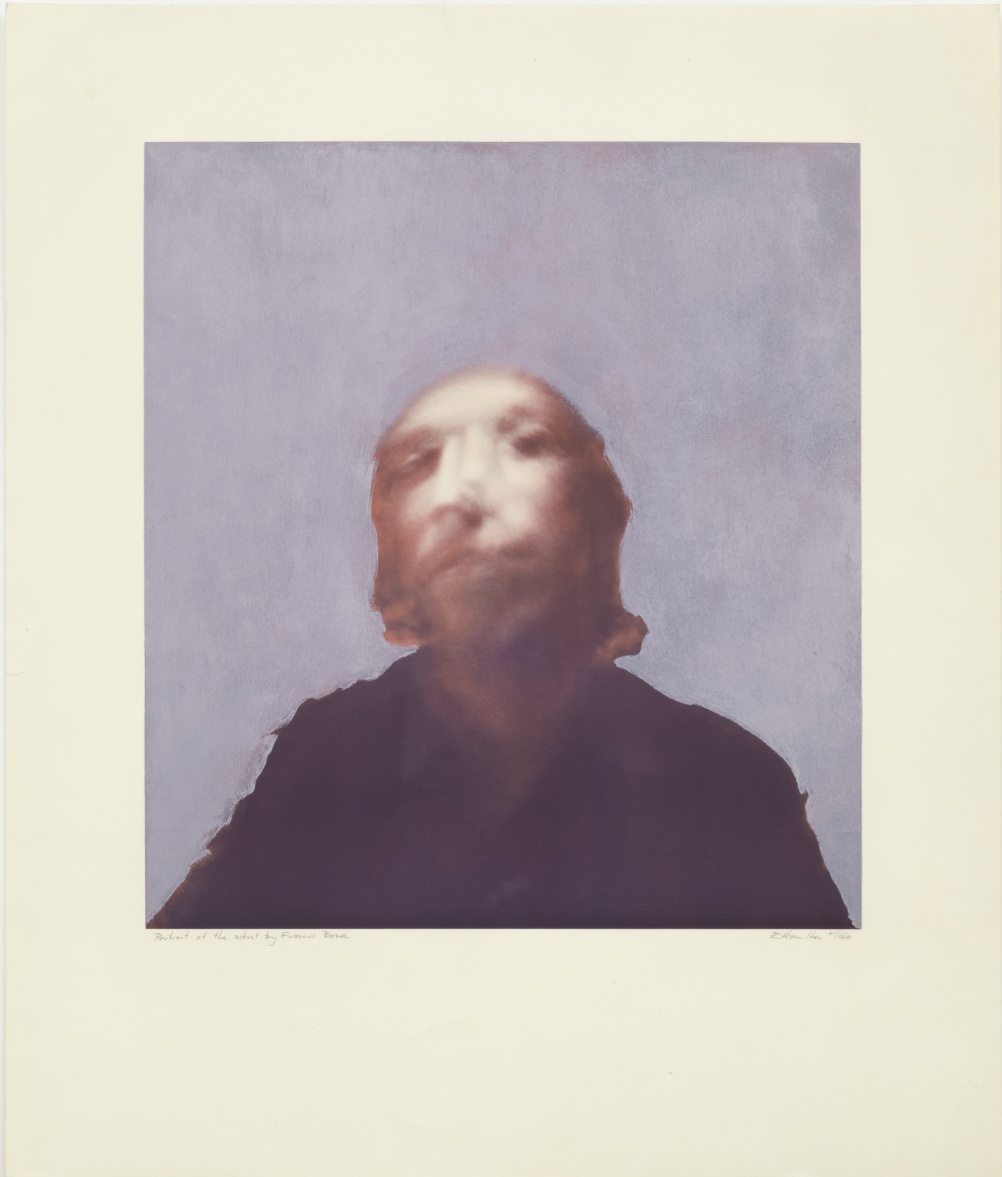
Source: © The Estate of Richard Hamilton, Courtesy Alan Cristea Gallery
A portrait of the artist by Francis Bacon1970-71
Indeed, it’s hard to overstate Hamilton’s importance to the movement, which he helped to define in a 1957 letter, saying, ‘Pop Art is: popular, transient, expendable, low- cost, mass-produced, young, witty, sexy, gimmicky, glamorous, and Big Business.’
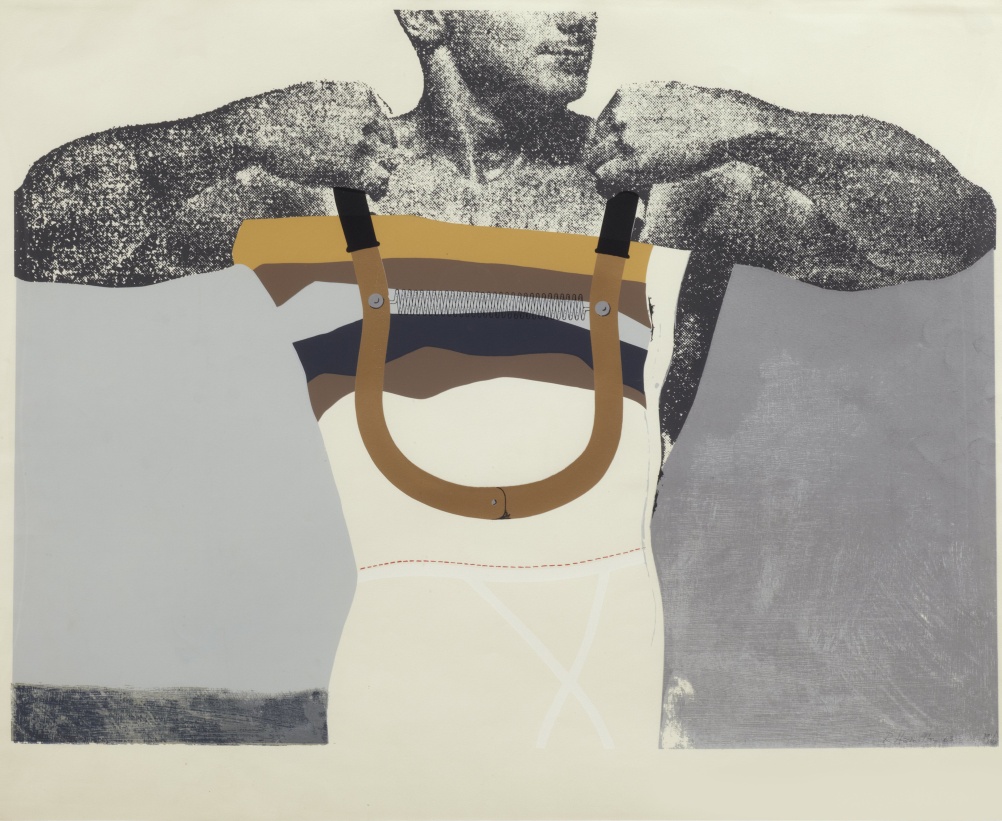
Source: © The Estate of Richard Hamilton, Courtesy Alan Cristea Gallery
Adonis in Y fronts, 1963
The work was reworked into a print by Hamilton in 1991 (now titled Just what was it that made yesterday’s homes so different, so appealing) and is one of the artist’s many incredible print works set to go on show at London’s Alan Cristea gallery next month, accompanying a major retrospective at the Tate Modern of Hamilton’s work, as well as an additional exhibition at the ICA, also opening next month.
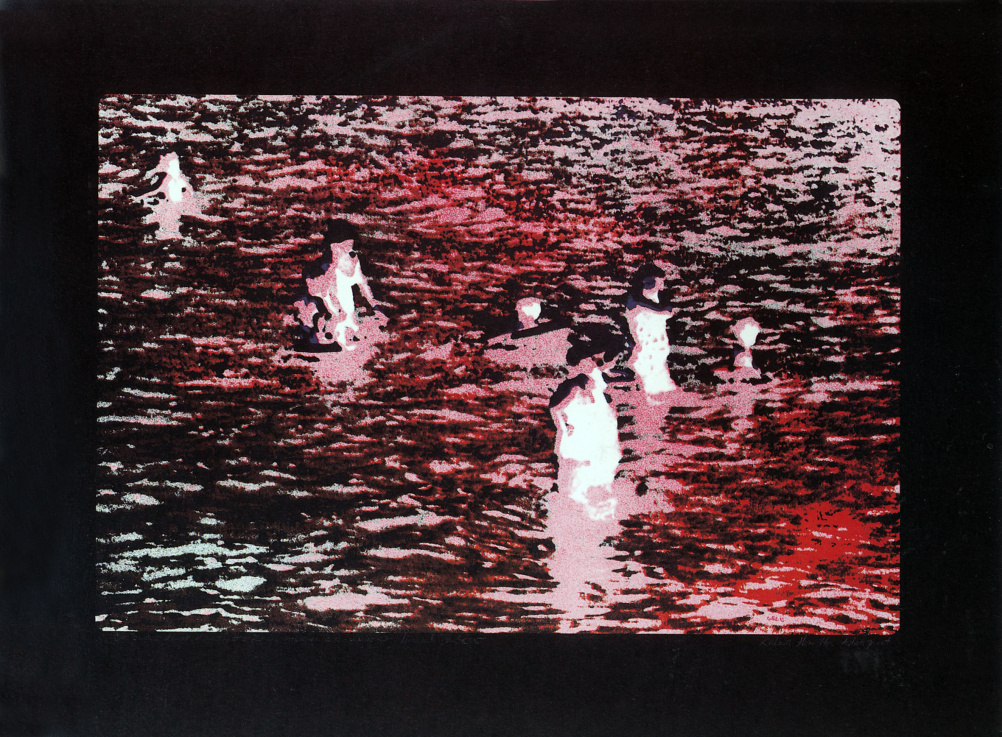
Source: © The Estate of Richard Hamilton, Courtesy Alan Cristea Gallery
Bathers (b)1969
The Alan Cristea show is entitled Word and Image, Prints 1963-2007, and will present a large range of the London-born artist’s prints over the five decades, with recurring themes of ‘protest, portraits, interiors and landscapes’, says the gallery.
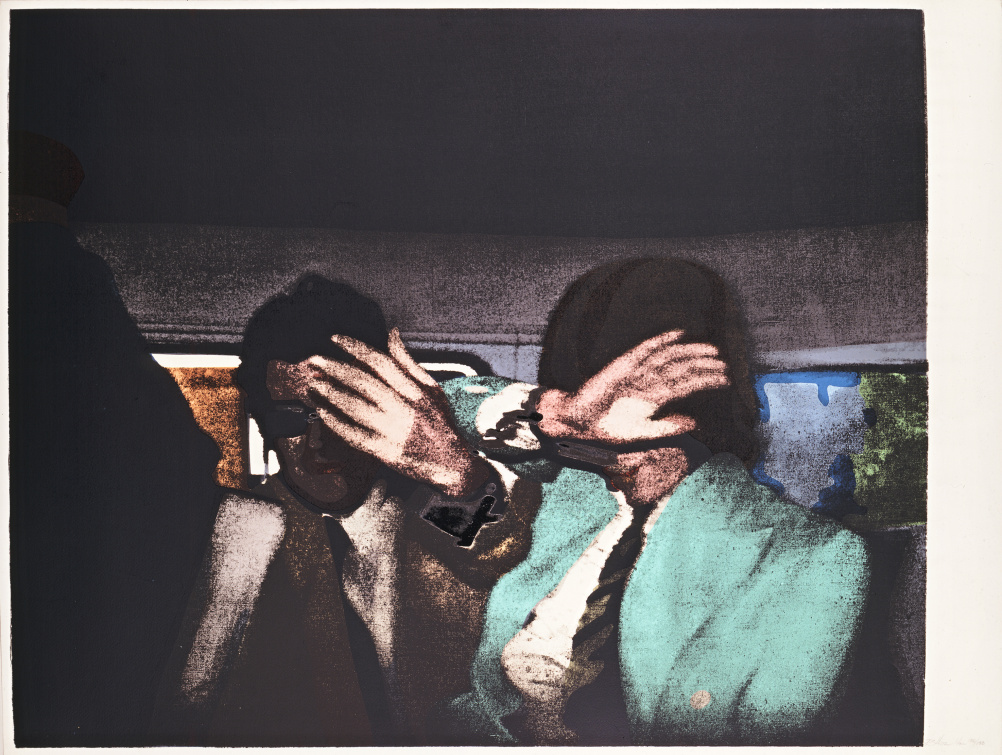
Source: © The Estate of Richard Hamilton, Courtesy Alan Cristea Gallery
Release 1972
Another of Hamilton’s most famous works is the Swingeing London ’67 series of prints and paintings, which examine the police raid on Keith Richards’ Redlands home in Sussex February 1967, which led to the arrest of Richards and Hamilton’s friend and art dealer Robert Fraser.
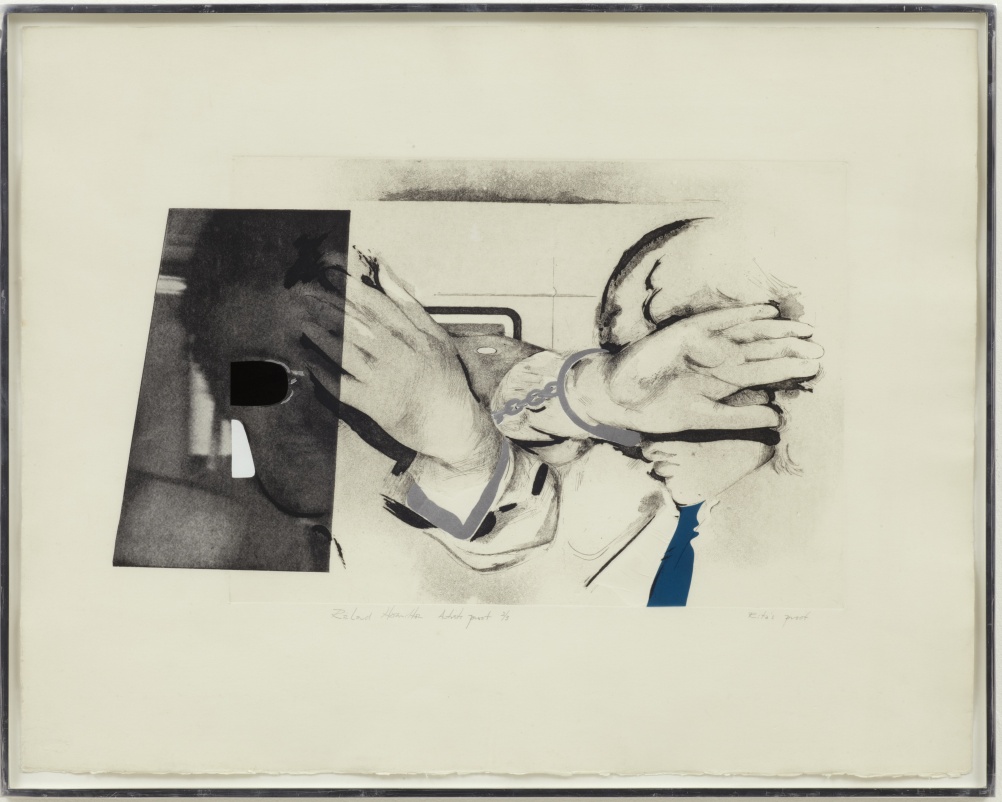
Source: © The Estate of Richard Hamilton, Courtesy Alan Cristea Gallery
Swingeing London 67 – etching 1968
More of the many famous faces to be depicted in Hamilton’s prints include the Beatles, for whom he designed the cover for the White Album.
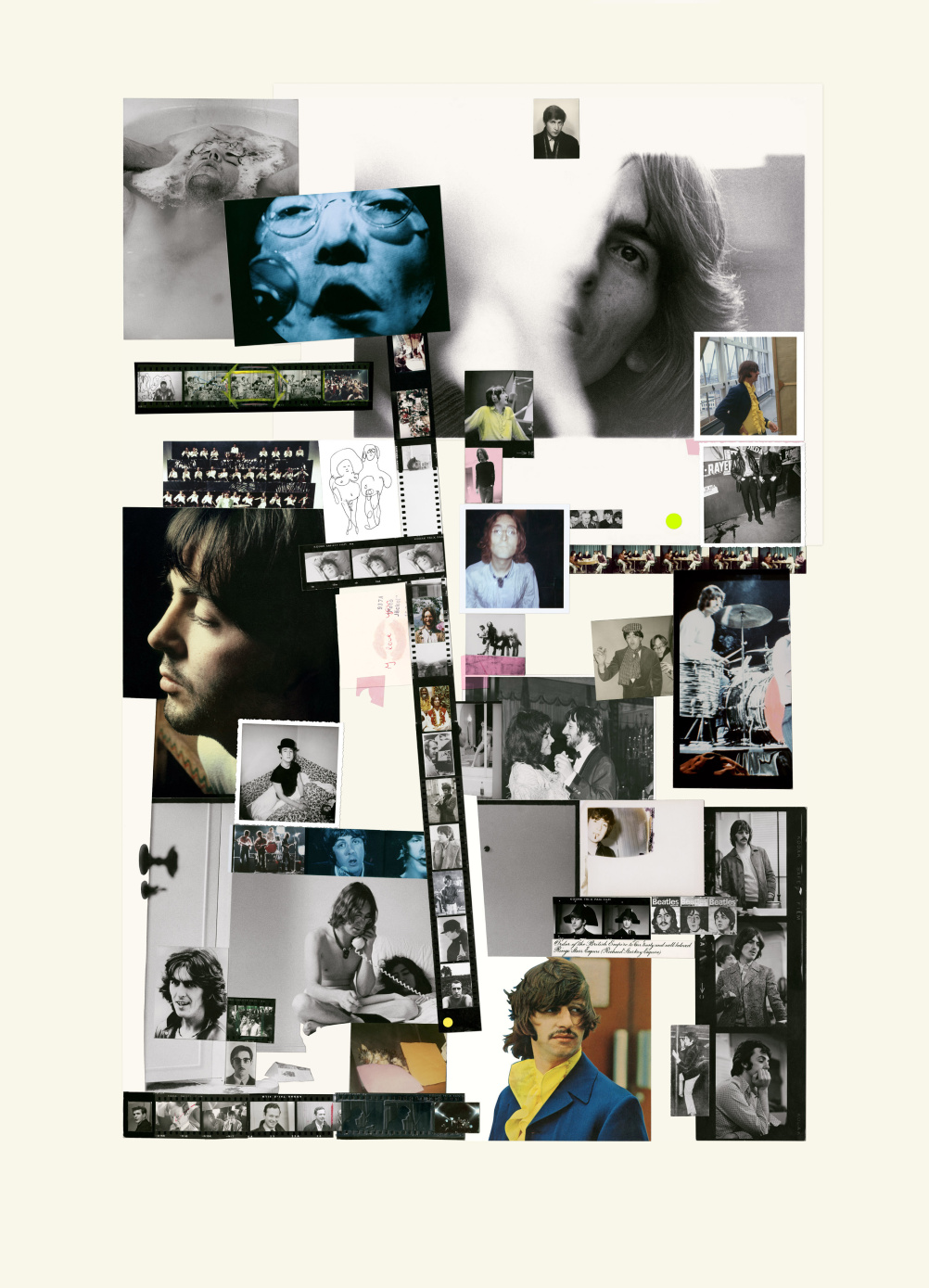
Source: © The Estate of Richard Hamilton, Courtesy Alan Cristea Gallery
Beatles, 2007
Richard Hamilton Word and Image, Prints 1963-2007, will be at the Alan Cristea Gallery, 31 and 34 Cork Street, London W1S from 14 February – 22 March 2014 www.alancristea.com
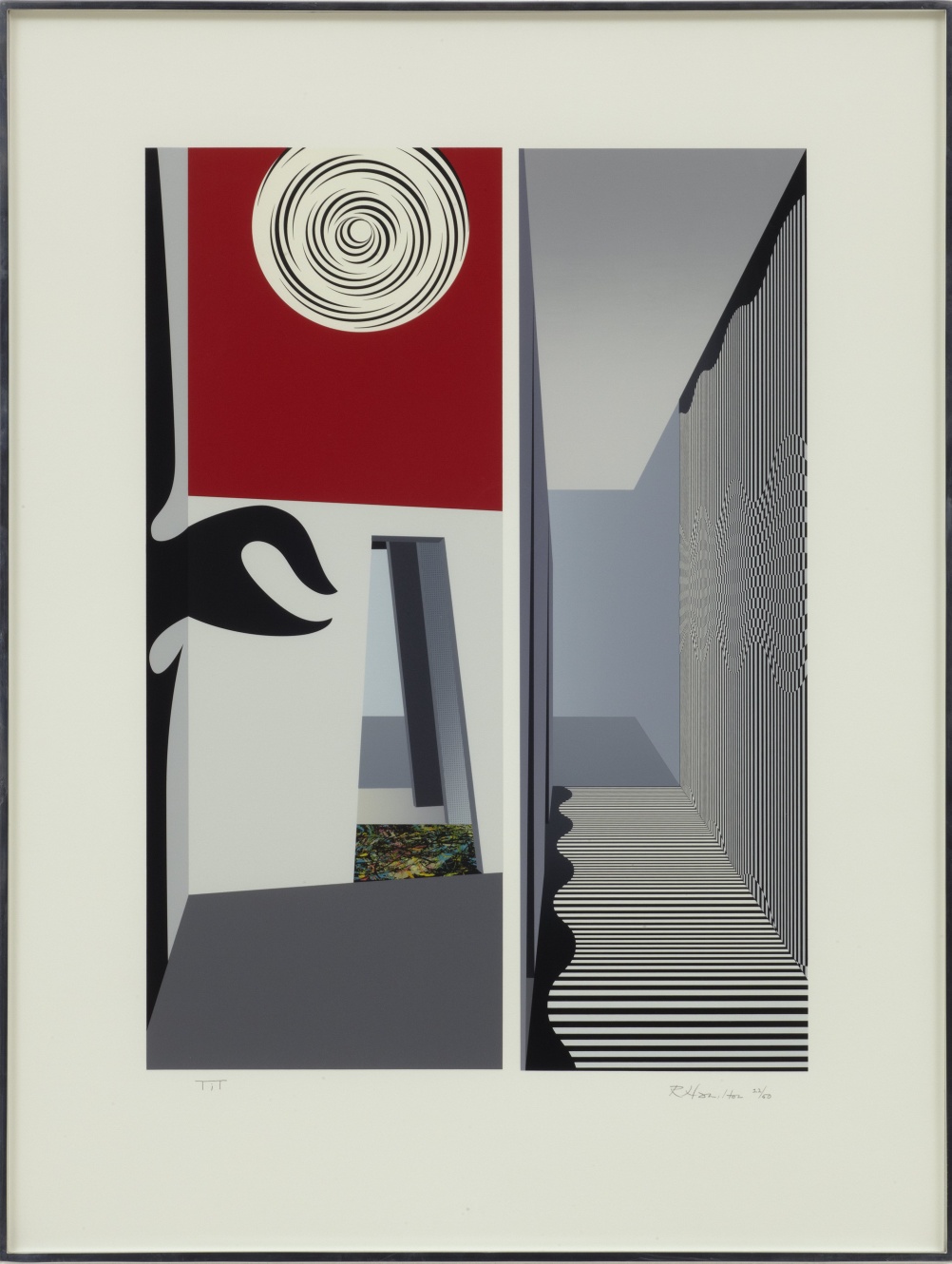
Source: © The Estate of Richard Hamilton, Courtesy Alan Cristea Gallery
TiT 2002
-
Post a comment




